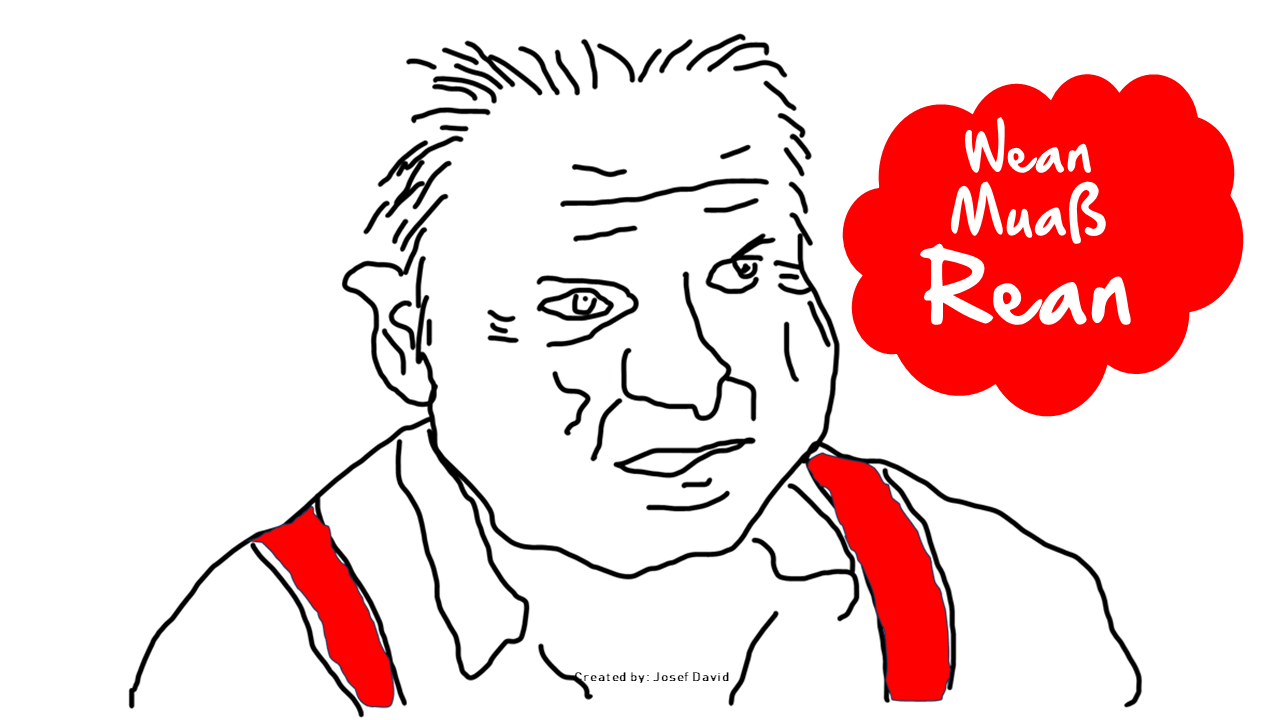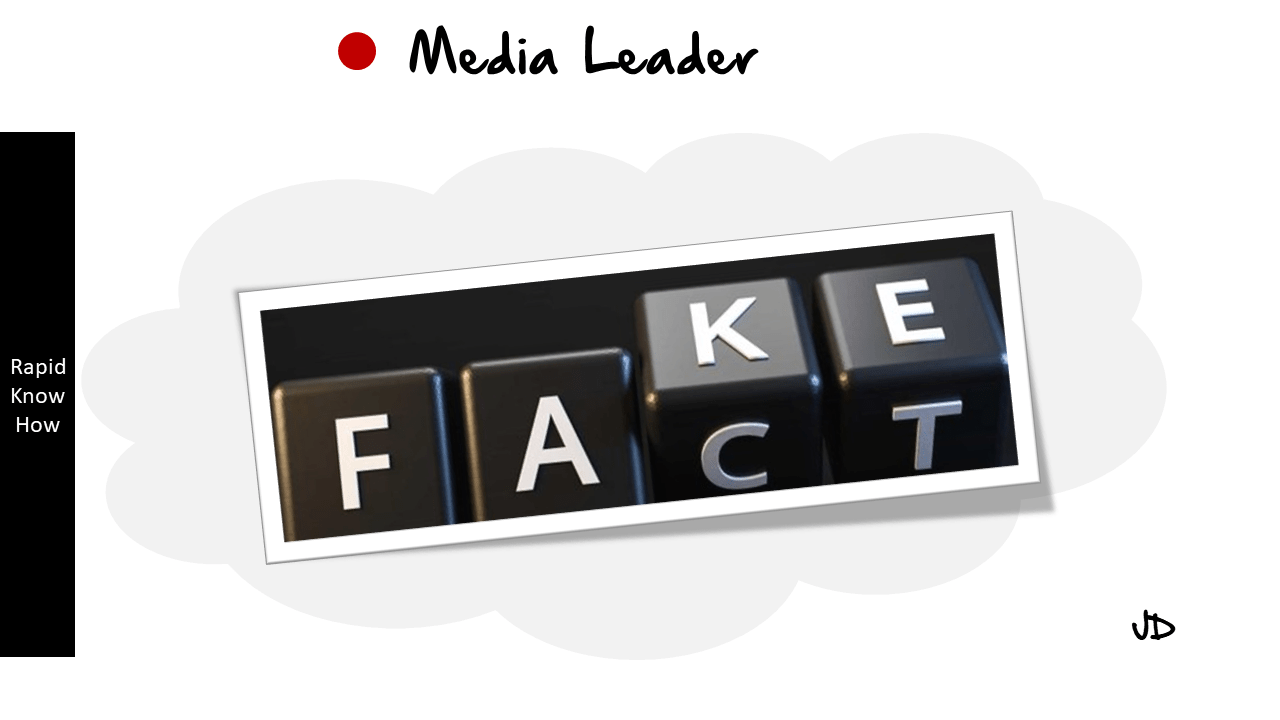**Creating a Blue Ocean Market for Sustainability**
**What is a Blue Ocean Market?**
The concept of a Blue Ocean Market originates from the book “Blue Ocean Strategy” by W. Chan Kim and Renée Mauborgne.
In essence, a Blue Ocean Market refers to the creation of new, uncontested market spaces that make competition irrelevant.
This contrasts with “Red Oceans,” where industries are well-defined and competition is fierce, often leading to a struggle for market share and diminishing profits.
In a Blue Ocean, businesses innovate and differentiate themselves by offering unique value propositions that meet unaddressed customer needs or create entirely new demand.
**Why Create a Blue Ocean Market?**
Creating a Blue Ocean Market is particularly relevant in the context of sustainability for several reasons:
1. **Addressing Unmet Needs:** Many consumers are increasingly concerned about environmental issues but find existing solutions inadequate. A Blue Ocean approach allows businesses to identify and address these unmet needs.
2. **Reduced Competition:** By venturing into uncharted territory, companies can avoid the intense competition found in saturated markets, allowing for greater profit margins and market share.
3. **Long-term Viability:** As sustainability becomes more critical globally, businesses that innovate in this space can establish themselves as leaders, ensuring long-term relevance and success.
4. **Positive Impact:** Creating sustainable solutions not only benefits businesses but also contributes to societal well-being and environmental health, aligning profit motives with purpose.
**How to Create a Blue Ocean Market for Sustainability?**
Creating a Blue Ocean Market for sustainability involves strategic thinking and innovative approaches. Here are some key steps:
1. **Identify Pain Points:** Conduct thorough research to understand the pain points related to sustainability that consumers face. This could involve issues like waste management, energy consumption, or ethical sourcing.
2. **Innovate Solutions:** Develop innovative products or services that address these pain points in unique ways. This could mean creating biodegradable packaging, energy-efficient appliances, or sustainable fashion lines.
3. **Educate and Engage:** Build awareness around your offerings through education and engagement strategies that resonate with your target audience’s values regarding sustainability.
4. **Collaborate Across Sectors:** Partner with other organizations—be they NGOs, government bodies, or other businesses—to amplify your impact and reach broader audiences.
5. **Leverage Technology:** Utilize technology to enhance your offerings or streamline operations in ways that promote sustainability while also improving customer experience.
**Get Started to Create a Blue Ocean Market in 3 Steps:**
1. **Conduct Market Research:** – Analyze existing markets to identify gaps where consumer needs are not being met. – Use tools like surveys, focus groups, or social media listening to gather insights on consumer preferences regarding sustainability.
2. **Develop Unique Value Propositions:** – Based on your research findings, brainstorm innovative ideas that can fill those gaps. – Ensure that your value propositions not only address consumer needs but also align with sustainable practices (e.g., using renewable materials).
3. **Test and Iterate:** – Launch pilot projects or prototypes of your products/services. – Gather feedback from early adopters and refine your offerings based on their input before scaling up.
**Successful 10 Sustainability Examples:**
1. **Patagonia:** Known for its commitment to environmental activism, Patagonia has created a loyal customer base by promoting sustainable outdoor clothing while encouraging customers to repair rather than replace their gear.
2. **Tesla:** By innovating electric vehicles (EVs) with high performance and luxury appeal, Tesla has transformed the automotive industry while addressing climate change concerns.
3. **Beyond Meat:** This company has pioneered plant-based meat alternatives that cater to both vegans and meat-eaters alike, tapping into the growing demand for sustainable food sources.
4. **Ecovative Design:** Specializing in mycelium-based packaging solutions, Ecovative offers an alternative to Styrofoam that is biodegradable and environmentally friendly.
5. **UncommonGoods:** This online retailer focuses on selling handmade goods from artisans who prioritize sustainable practices in their production processes.
6. **Interface Inc.:** A global leader in modular flooring systems that has committed to becoming carbon negative by 2040 through innovative manufacturing processes.
7. **Seventh Generation:** This brand offers eco-friendly household products while advocating for transparency in ingredient sourcing and environmental responsibility.
8. **Warby Parker:** By providing affordable eyewear while donating a pair for every pair sold through their “Buy a Pair, Give a Pair” program, they have created social impact alongside business success.
9. **Allbirds:** Known for its sustainable footwear made from natural materials like merino wool and eucalyptus tree fiber, Allbirds appeals to environmentally conscious consumers without compromising style or comfort.
10. **Loop Industries:** This company focuses on recycling PET plastic into high-quality materials suitable for food-grade packaging—addressing plastic waste while creating new economic opportunities.
**Conclusion**
Creating a Blue Ocean Market for sustainability is not just an opportunity; it is an imperative as we face pressing environmental challenges globally.
By identifying unmet needs within the realm of sustainability and innovating unique solutions that resonate with consumers’ values, businesses can carve out new market spaces where competition is minimal but impact is significant.
The journey may require careful planning and execution; however, the potential rewards—both financial and societal—are immense as we work towards building a more sustainable future together.





